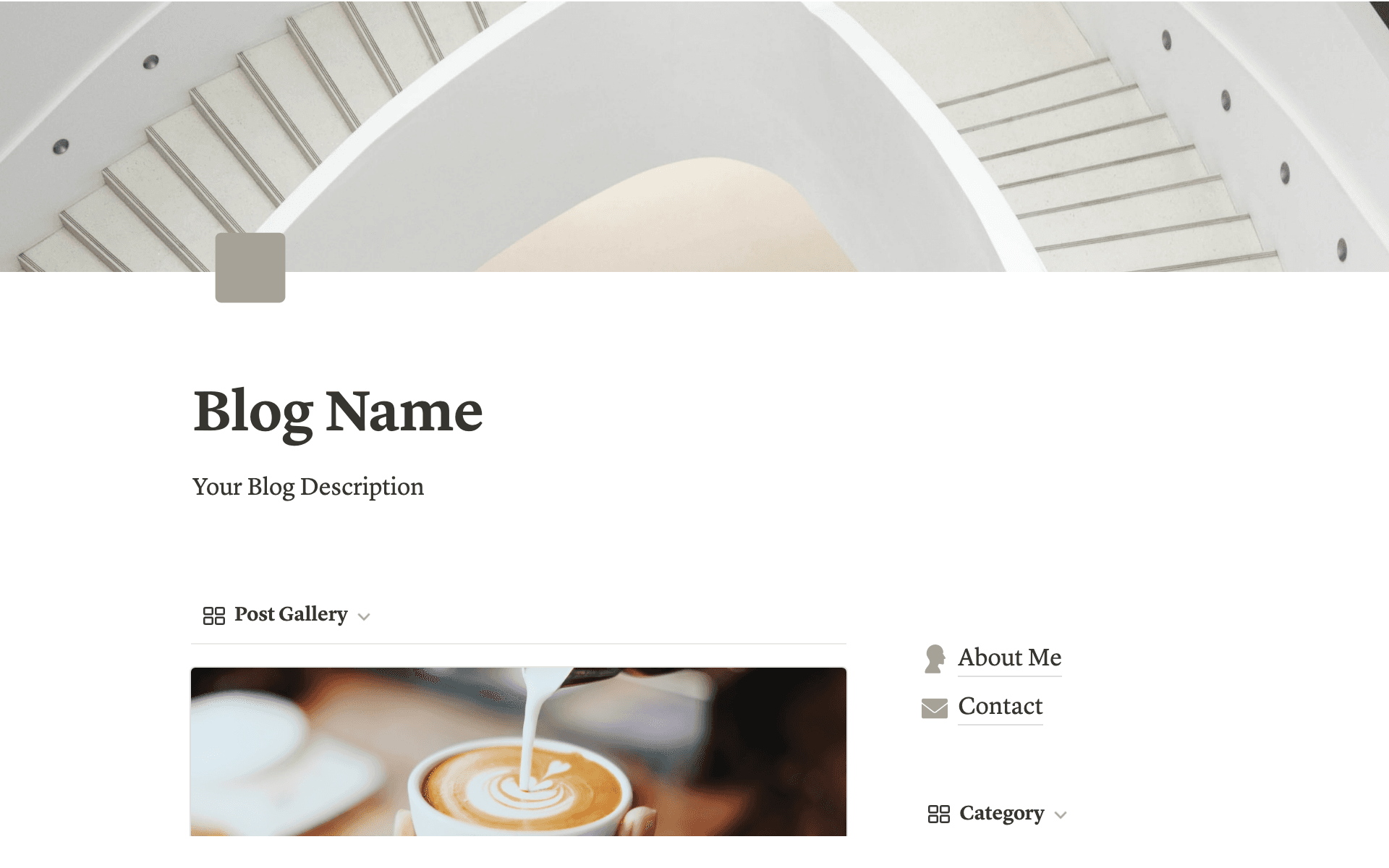Article publishing is a critical aspect of sharing knowledge, expressing creativity, and establishing a digital presence. It can be a powerful tool for personal branding, thought leadership, or simply sharing your passions with the world. An Article Publishing template in Notion can streamline the writing process, organize your ideas, and ensure consistency across your publications, making it easier to manage your content and deadlines.
Before you dive into creating your own article publishing system, take a look at these Article Publishing Notion templates to simplify and enhance your writing journey.
What Should Article Publishing Templates Include?
Choosing the right Article Publishing Template in Notion can streamline your writing process and enhance the presentation of your content. Here are key components to look for:
Title and Subtitle Fields: Essential for clearly defining the topic and scope of your article, helping to immediately orient the reader.
Structured Text Blocks: These allow for easy formatting of headings, subheadings, and paragraphs, ensuring that the article is well-organized and readable.
Embedded Media Support: A good template should have options to easily incorporate images, videos, and links, which can enrich the article and engage readers more effectively.
Metadata Fields: These include author name, publication date, and tags. Metadata helps in organizing articles better and improves searchability within Notion.
Selecting a template with these components will not only save you time but also enhance the quality and consistency of your publications.
What Should Article Publishing Templates Avoid?
Choosing the right article publishing template in Notion can greatly impact your writing and organizational process. It's important to know what features might hinder rather than help. Here are a few to steer clear of:
Overly Complex Layouts: Templates with too many sections and complex formatting can distract from the main content and make the editing process cumbersome.
Non-customizable Elements: Avoid templates that don't allow you to adjust elements to fit your specific needs. Flexibility is key in adapting the template to various types of articles.
Heavy Use of Automation: While some automation can be helpful, too much can make the template rigid and difficult to modify, leading to more hassle than convenience.
Selecting a template that avoids these pitfalls will ensure a smoother, more efficient article creation process that better suits your needs.













